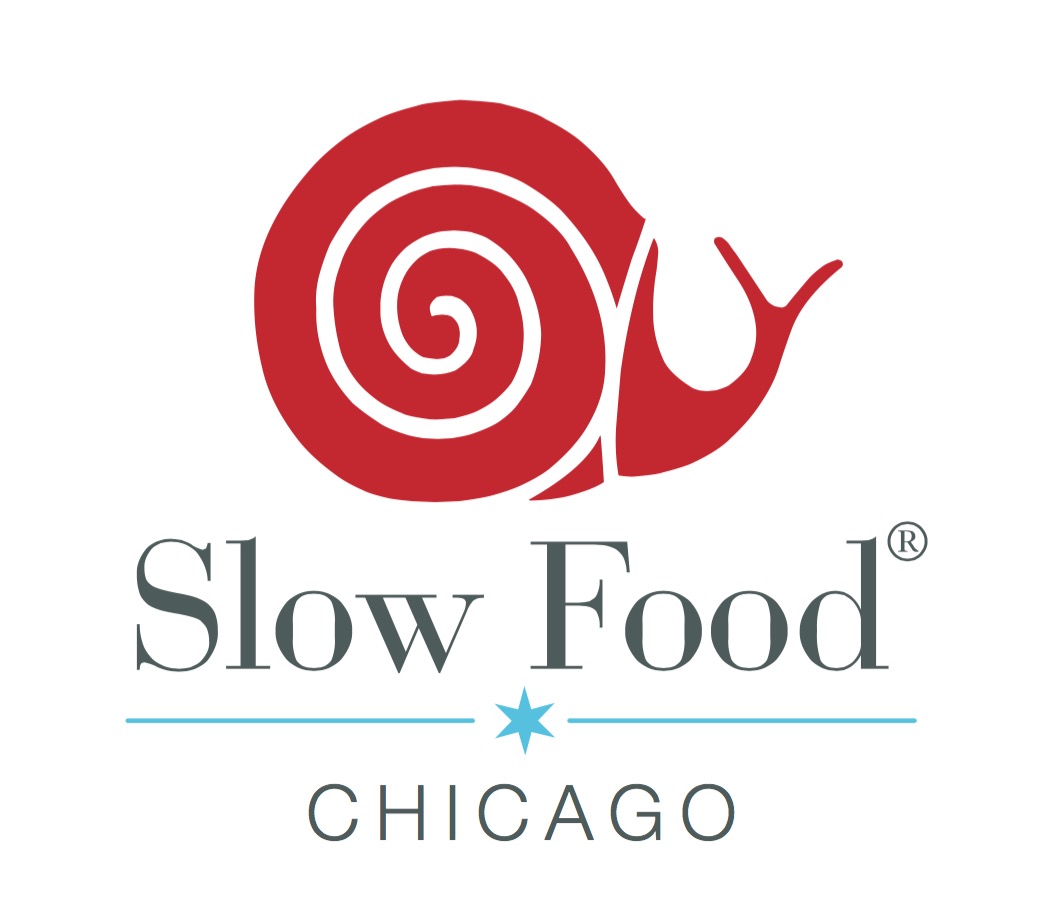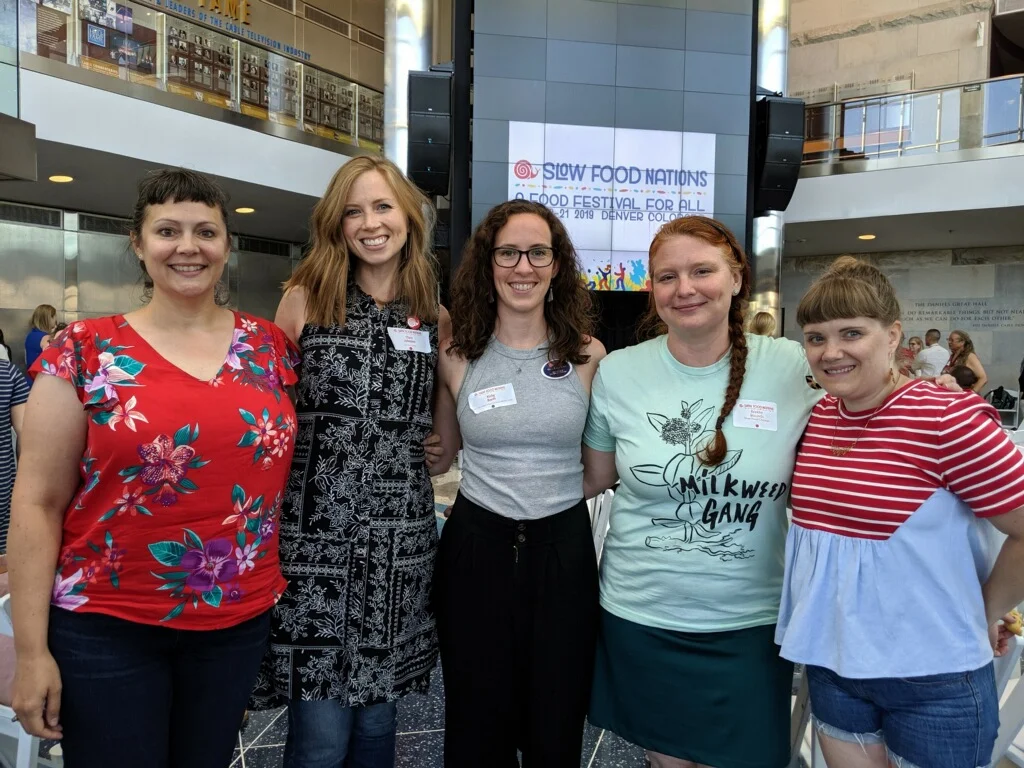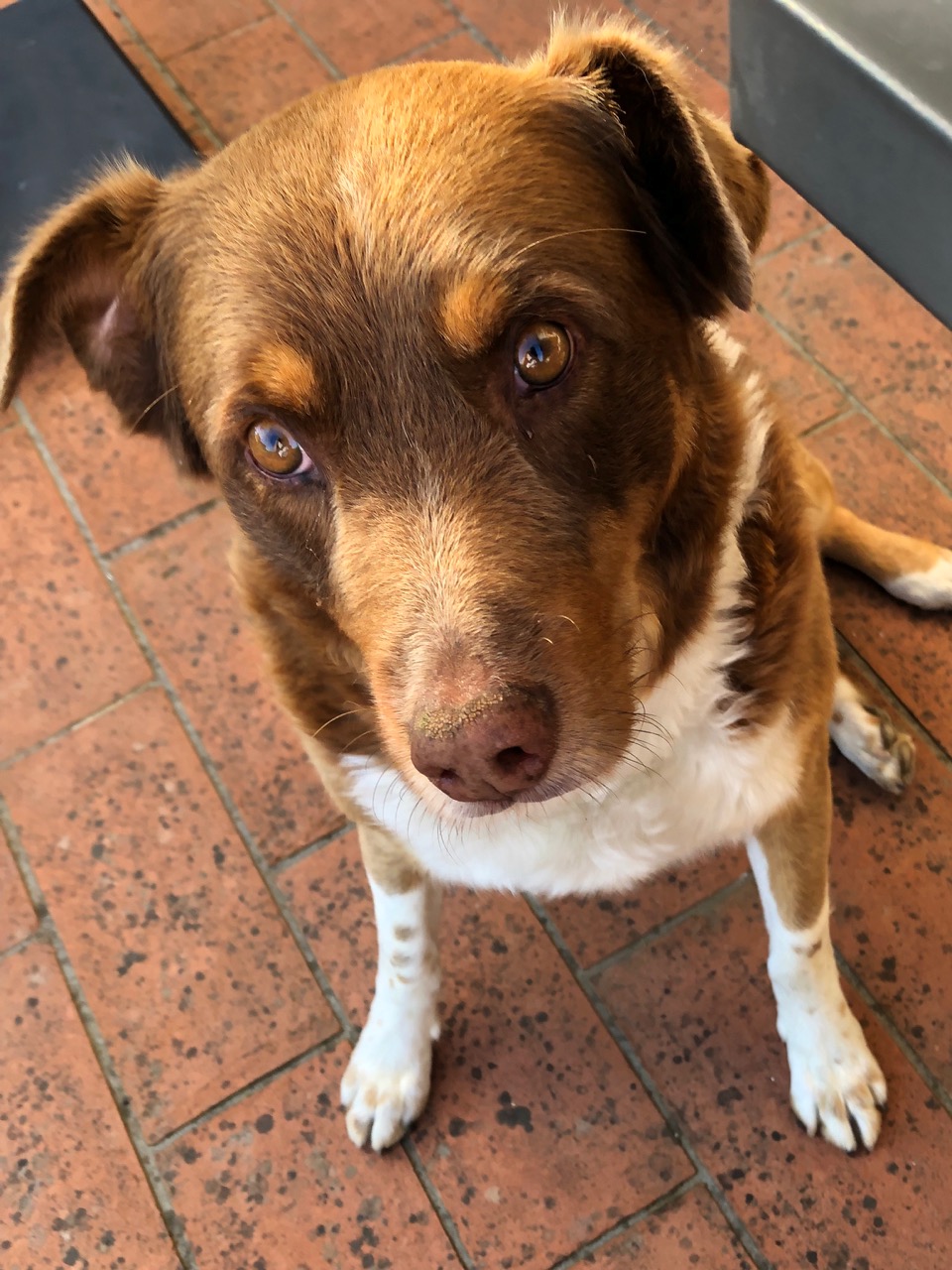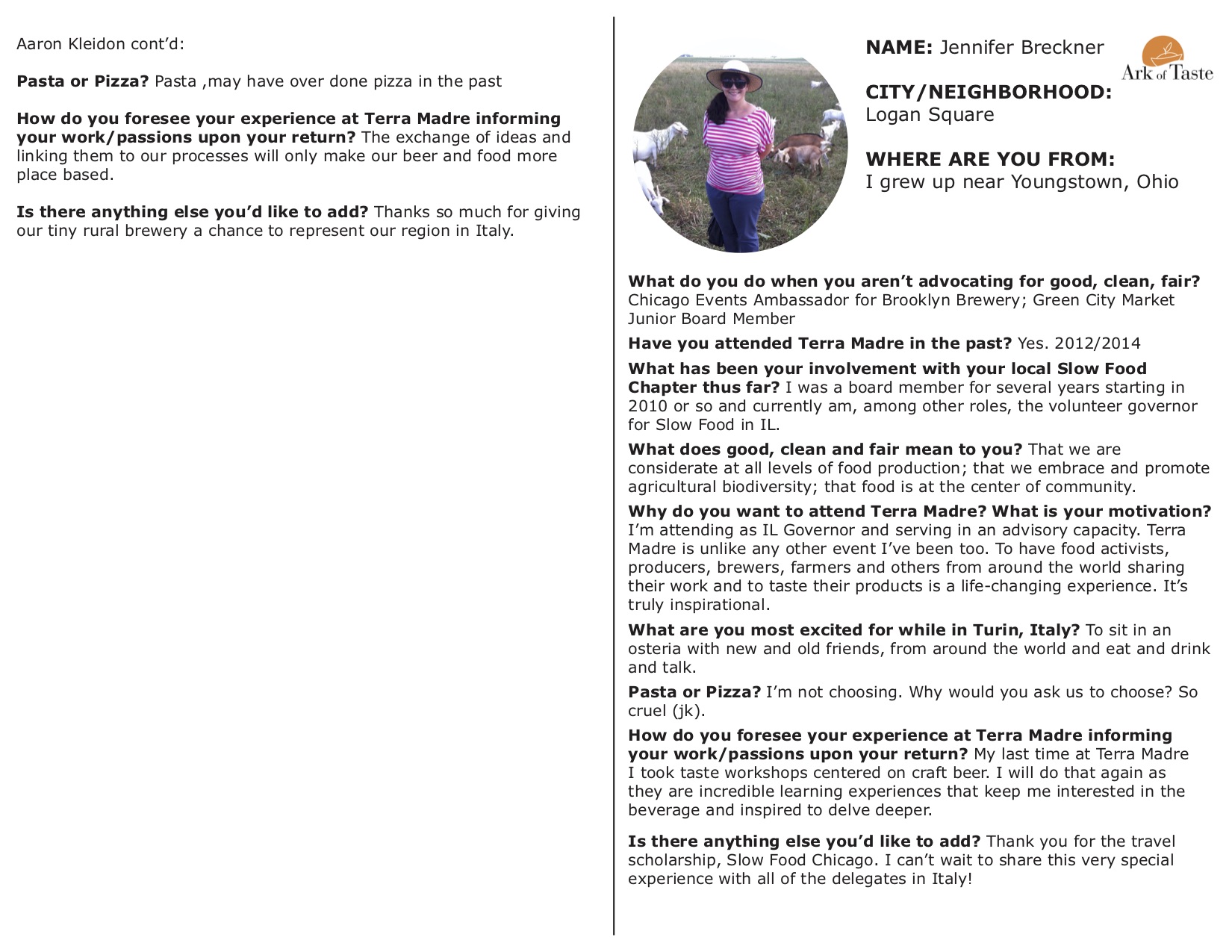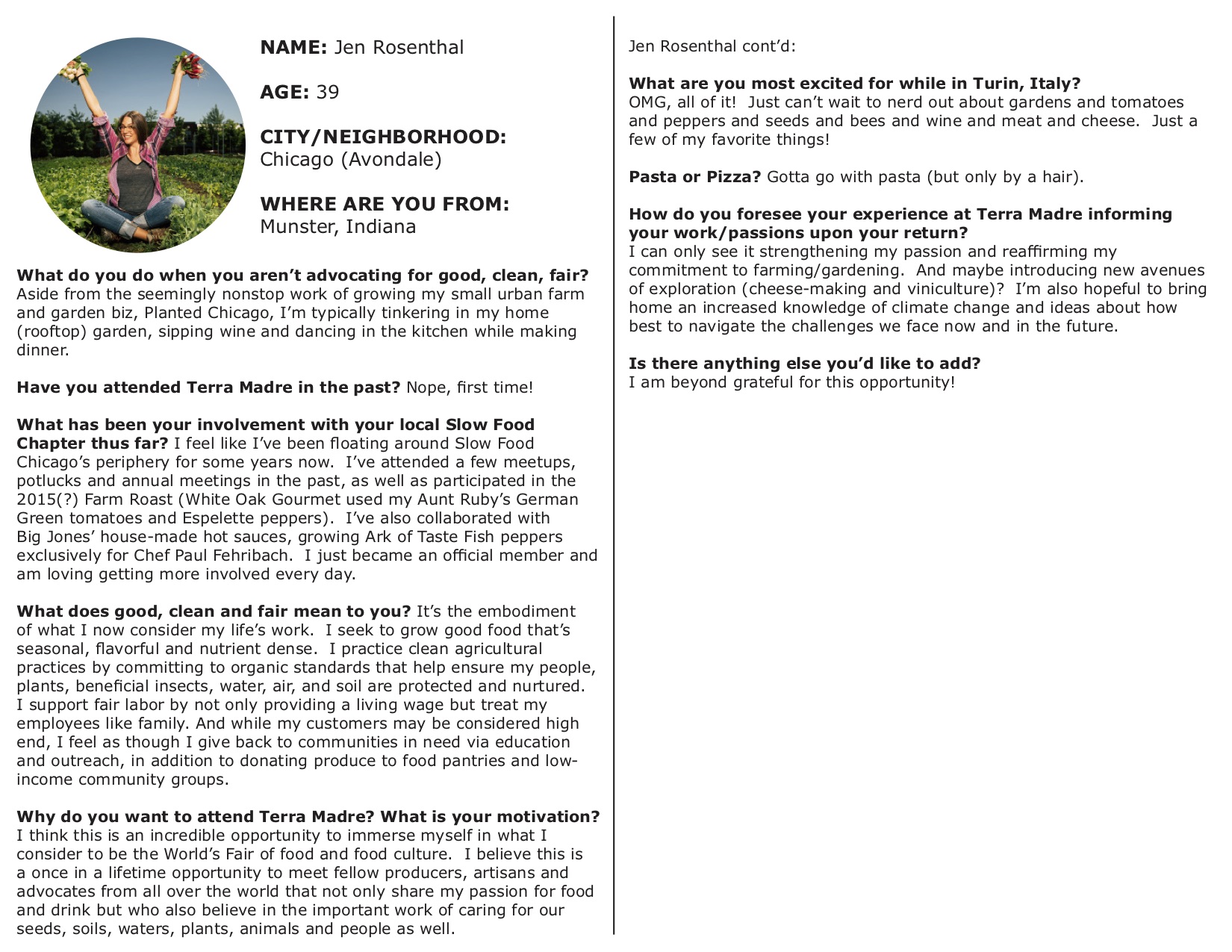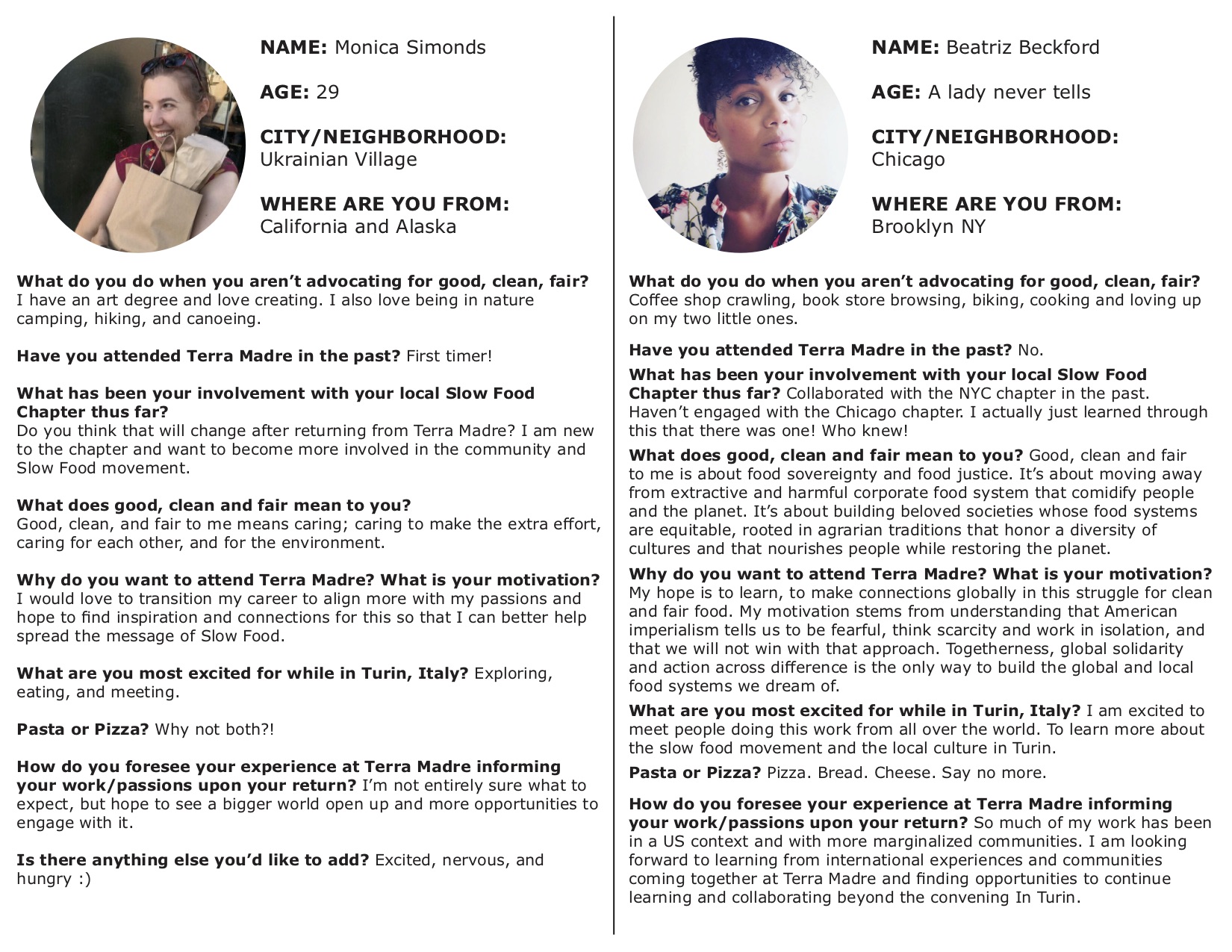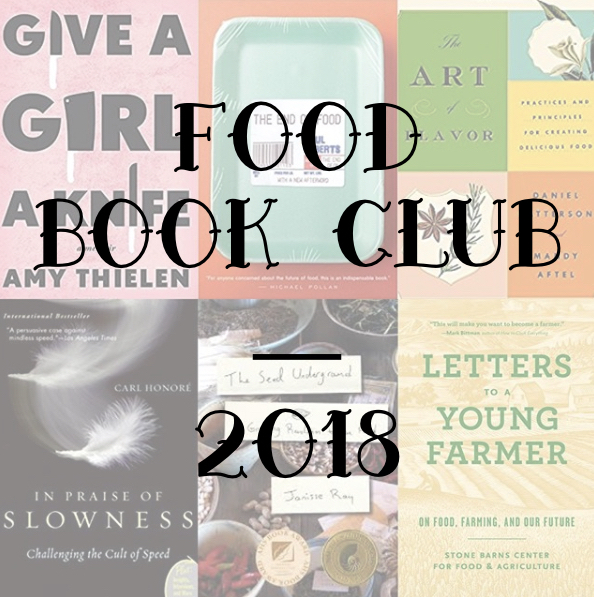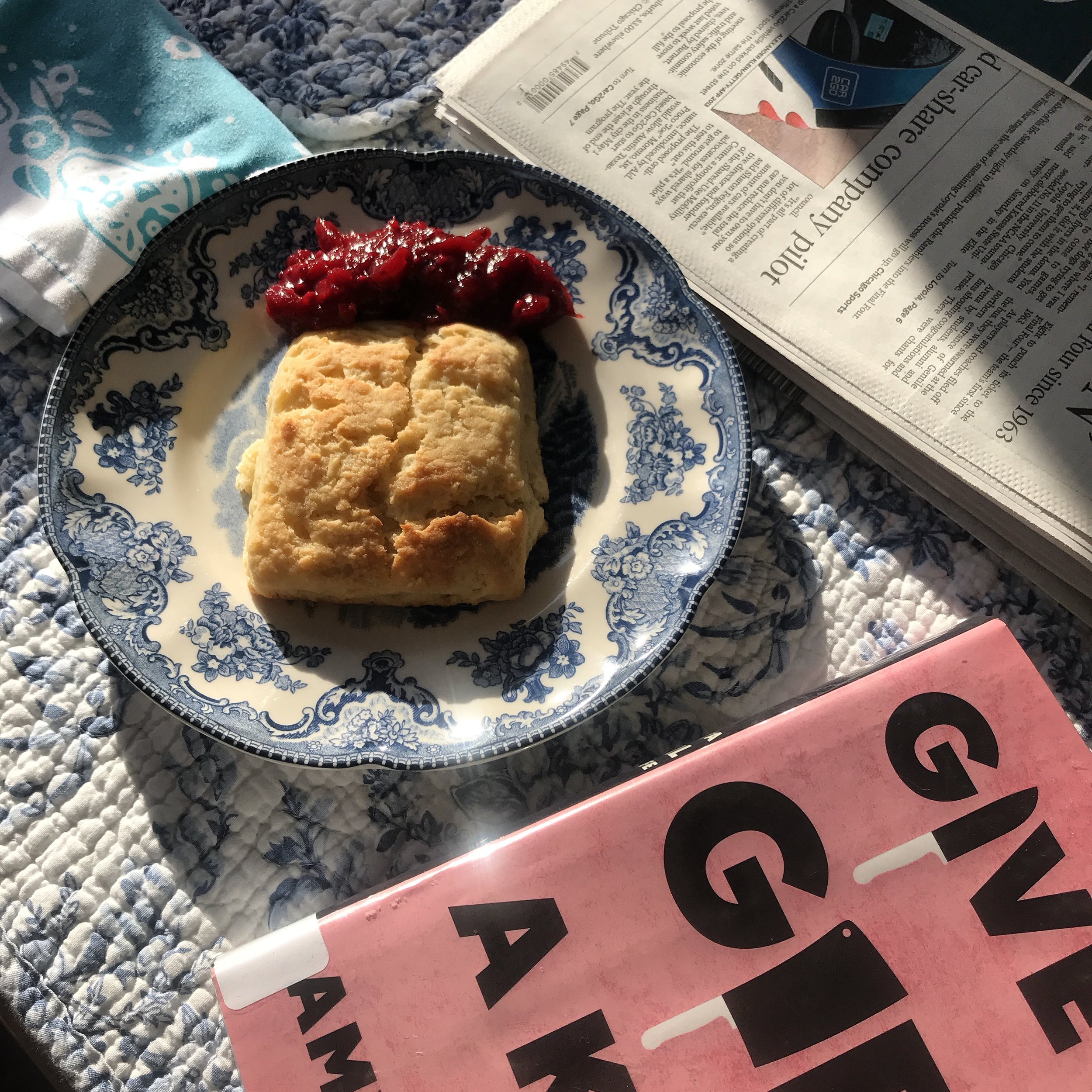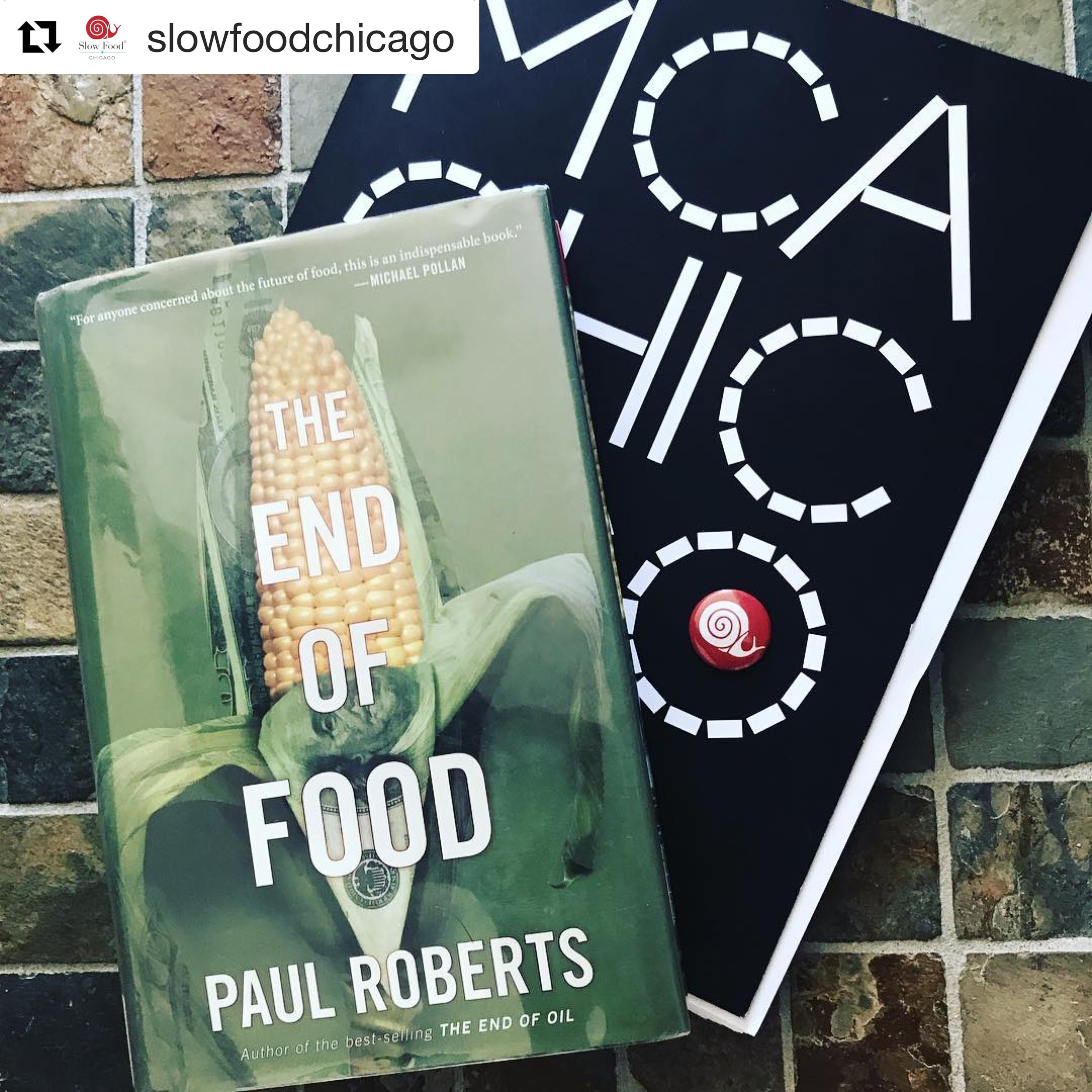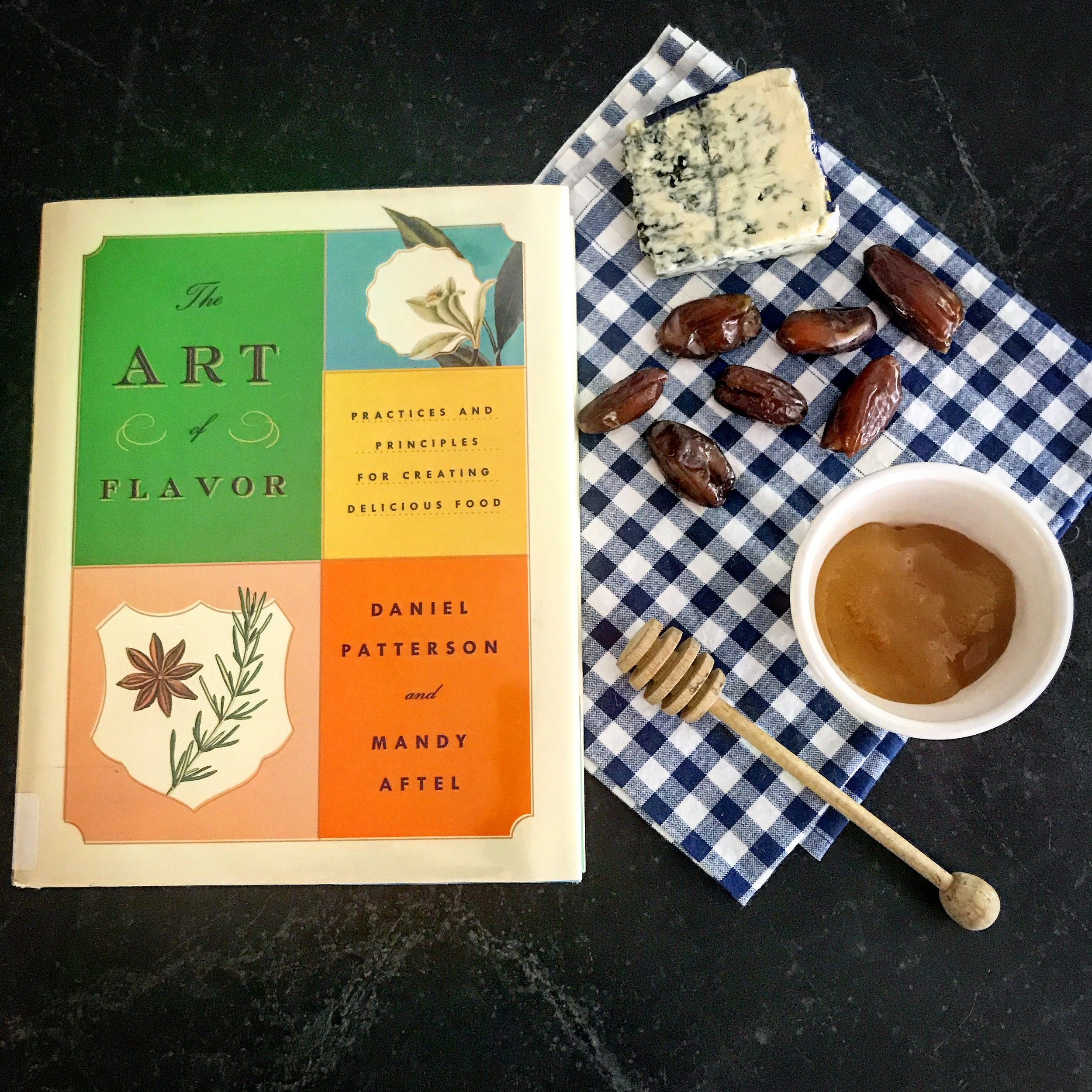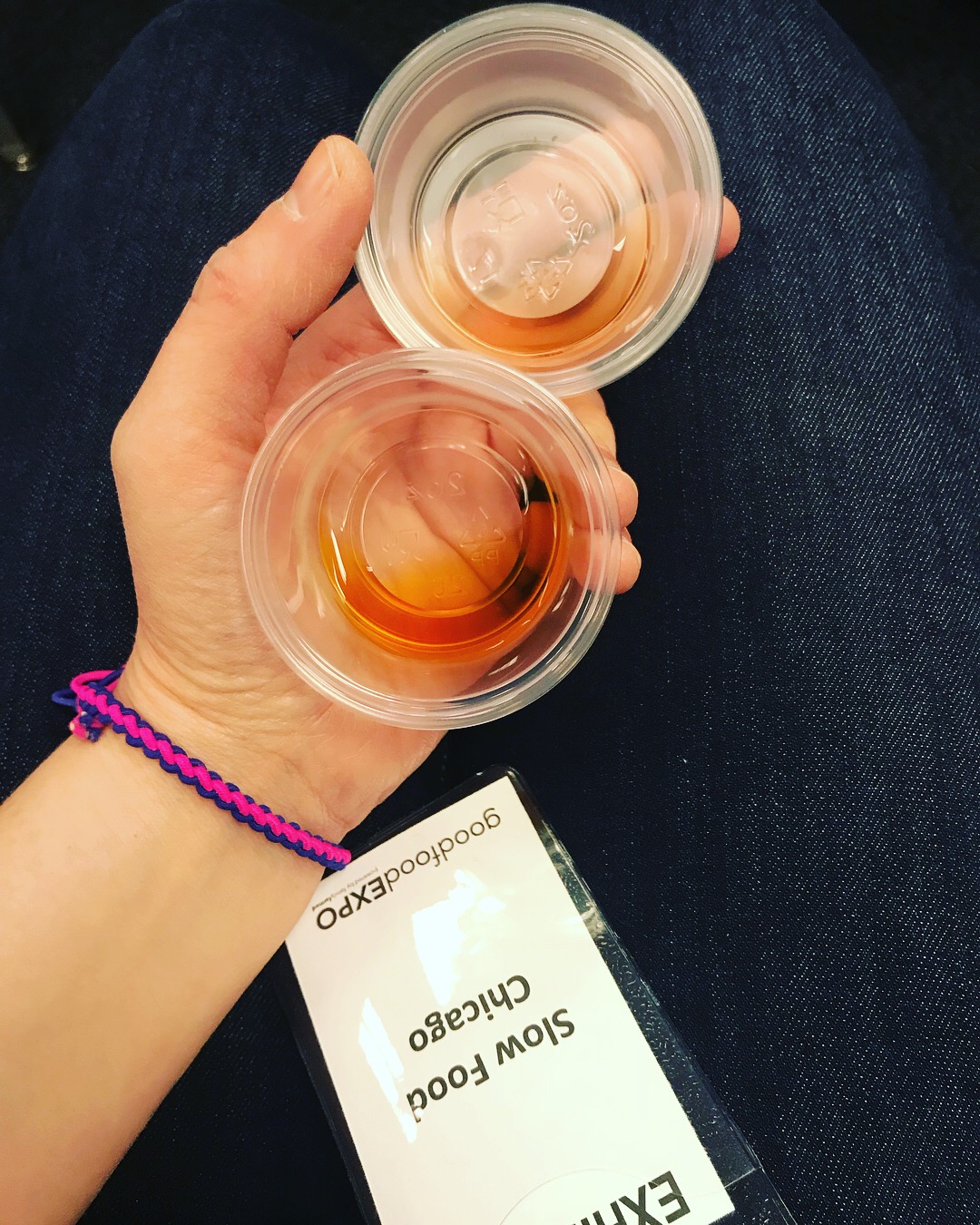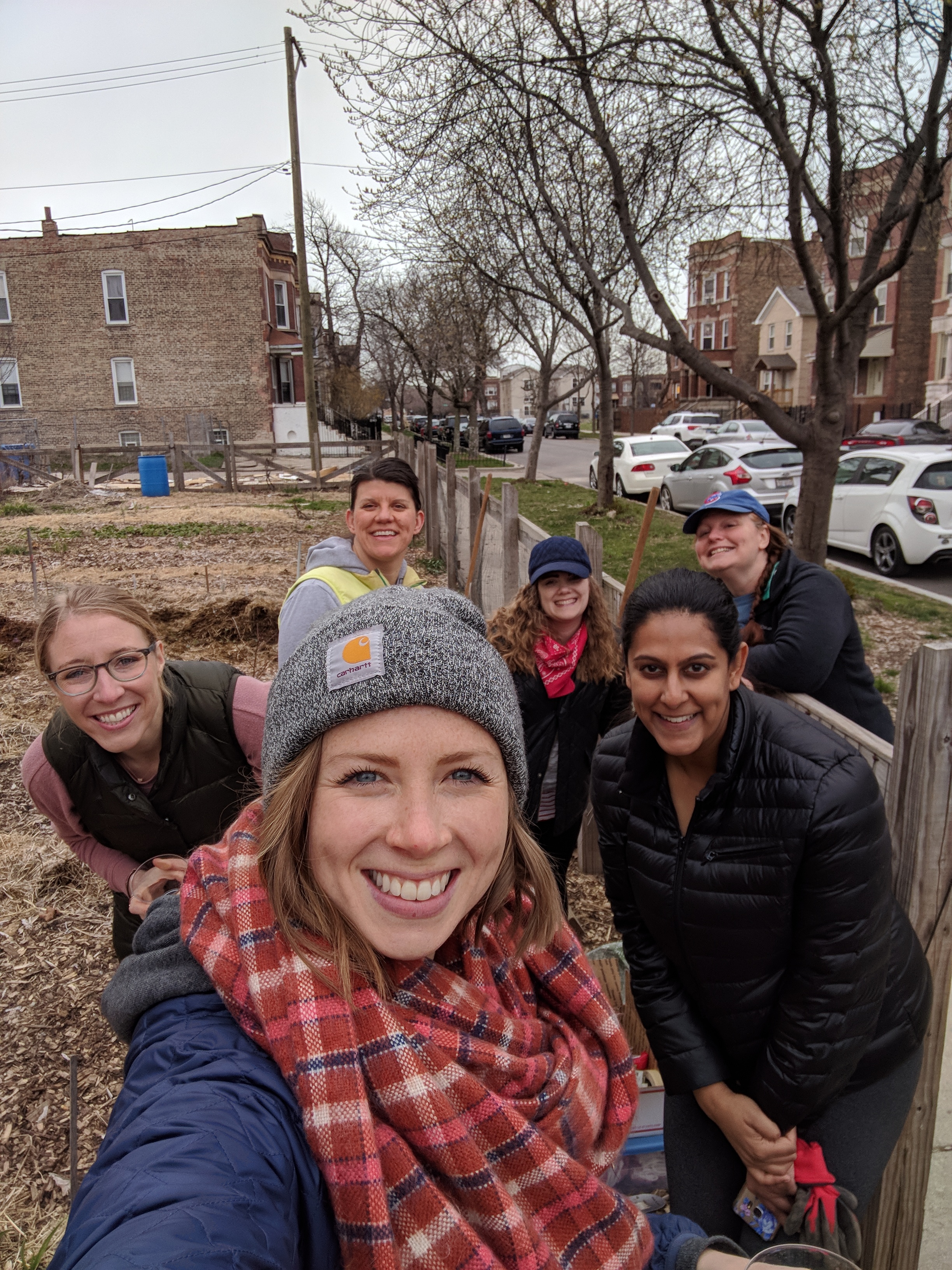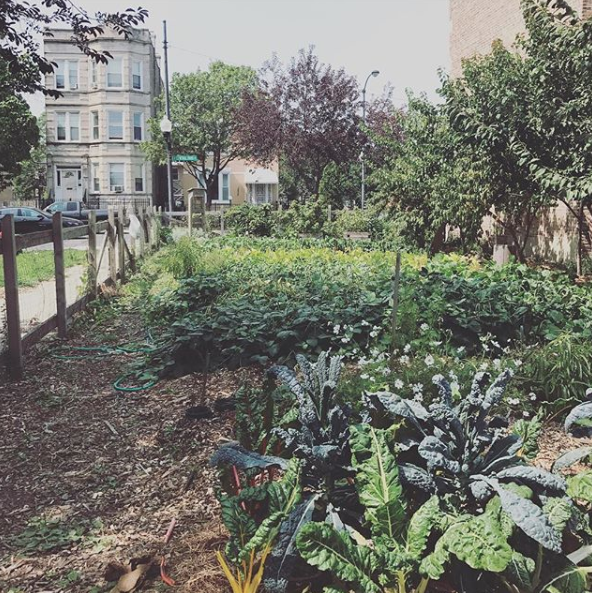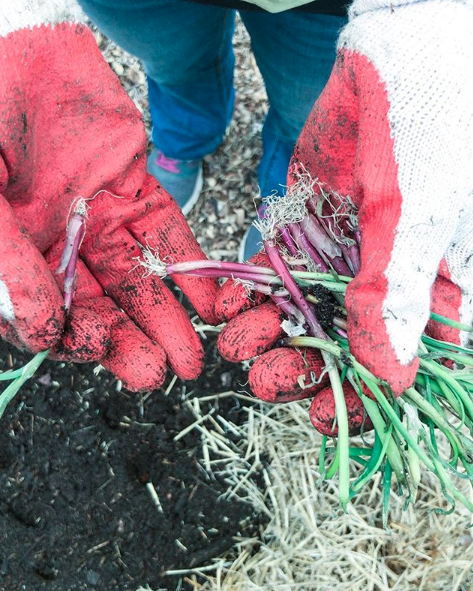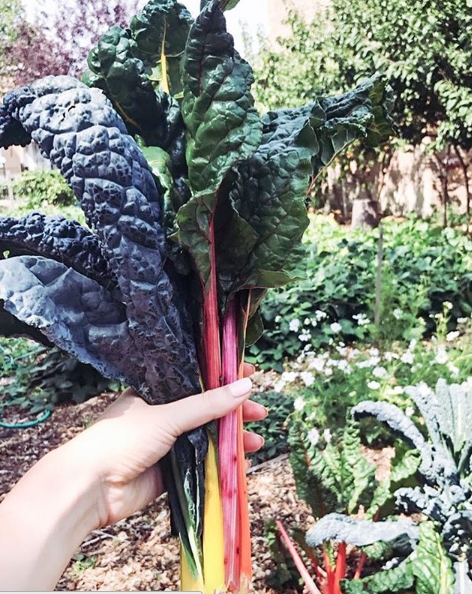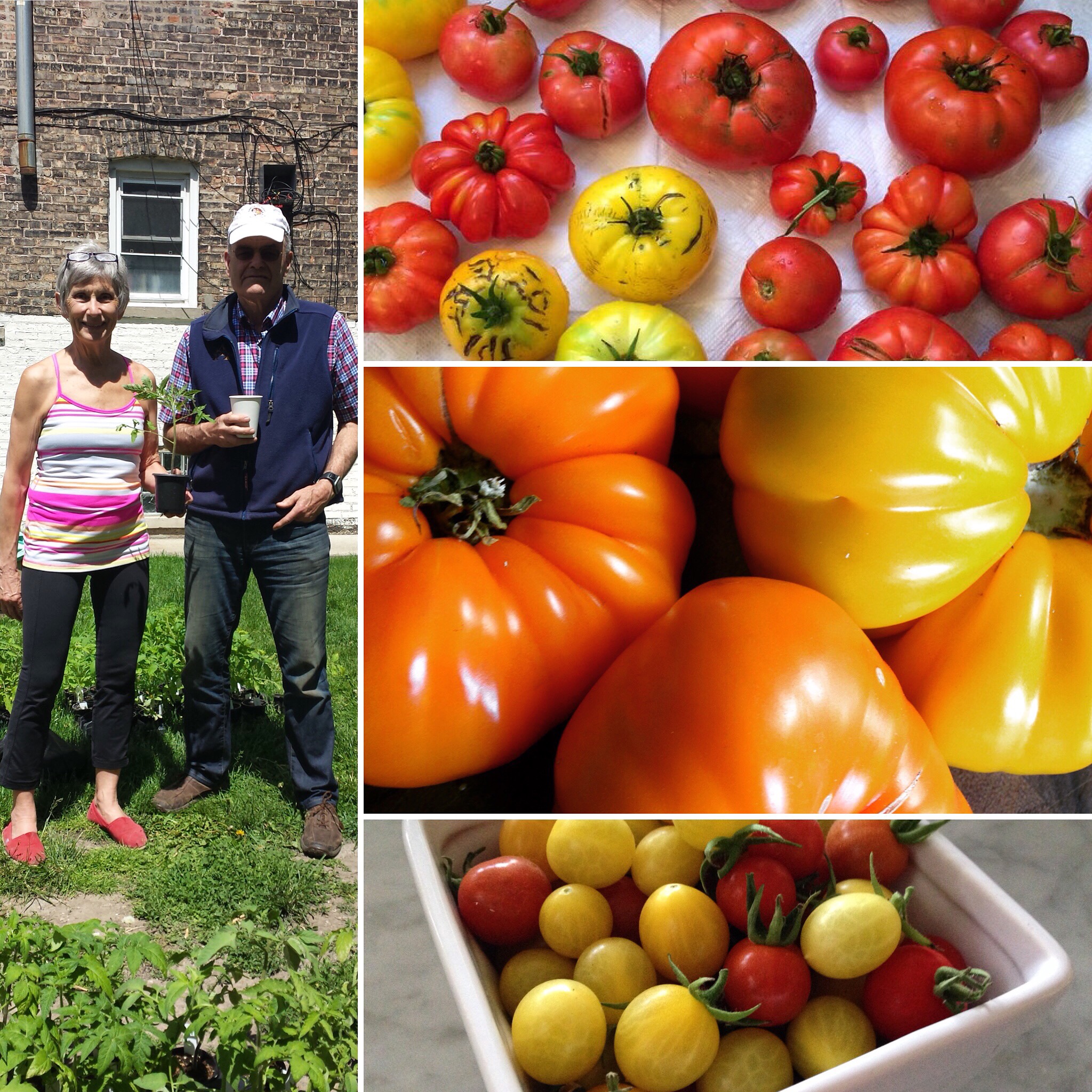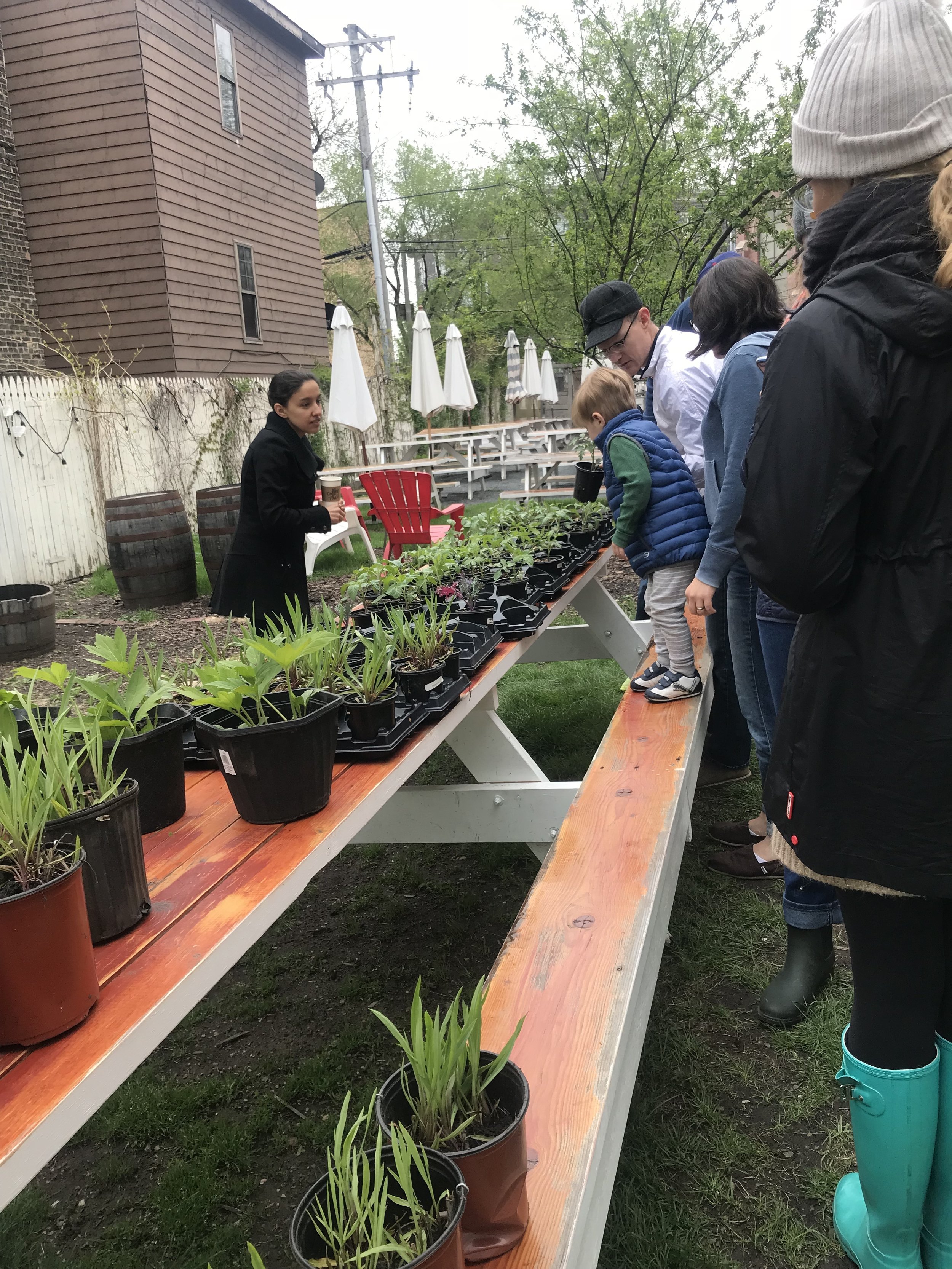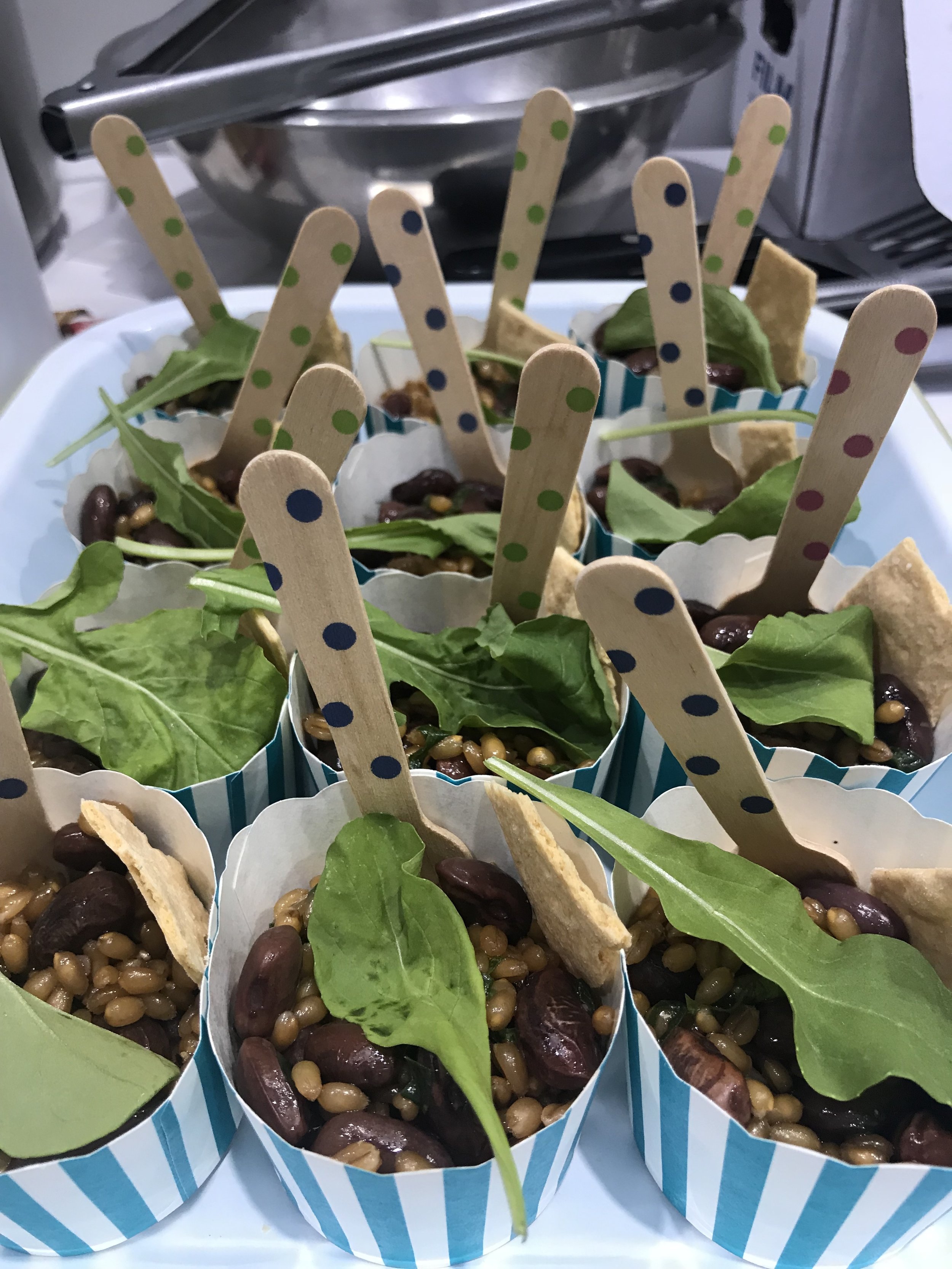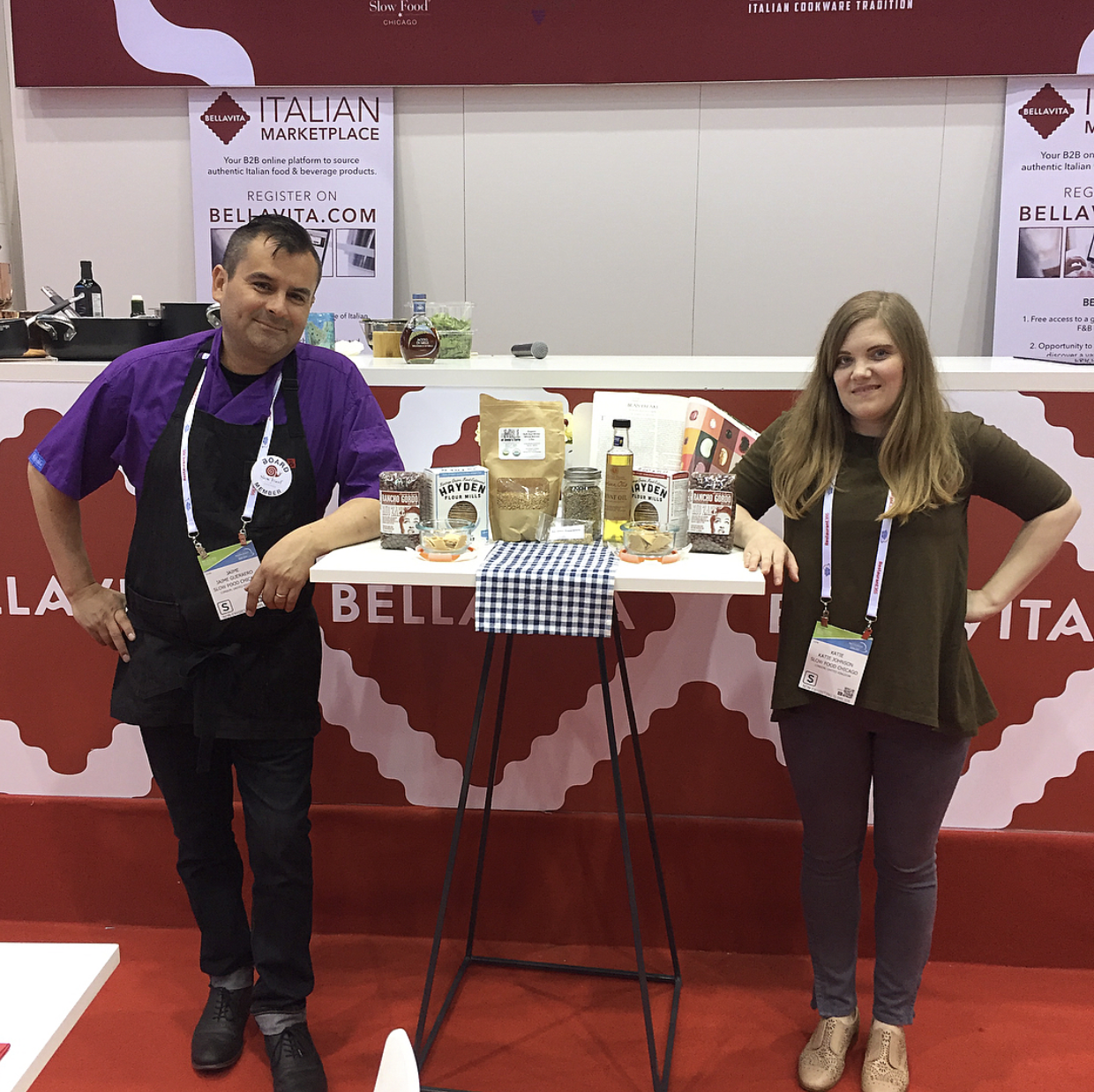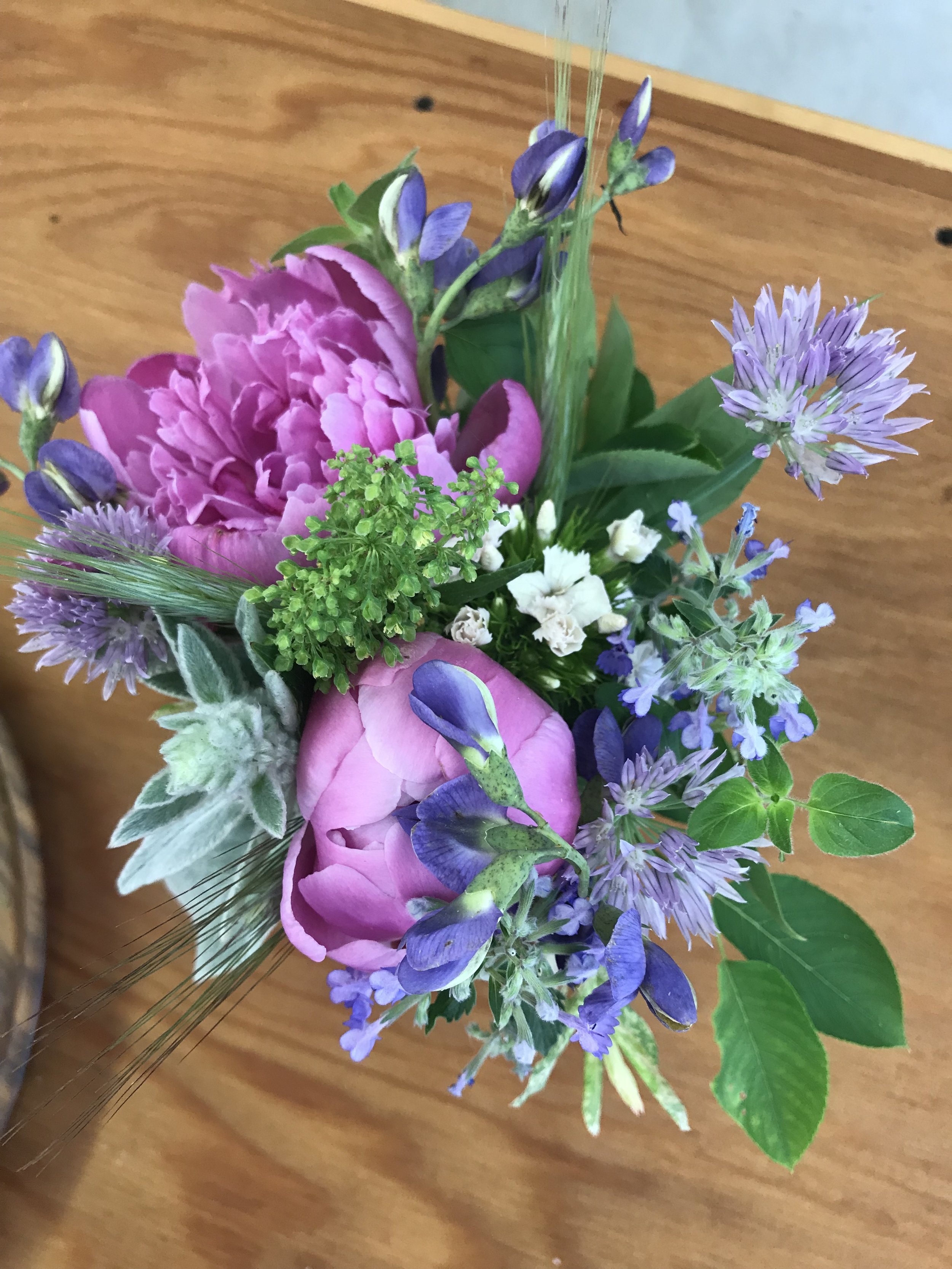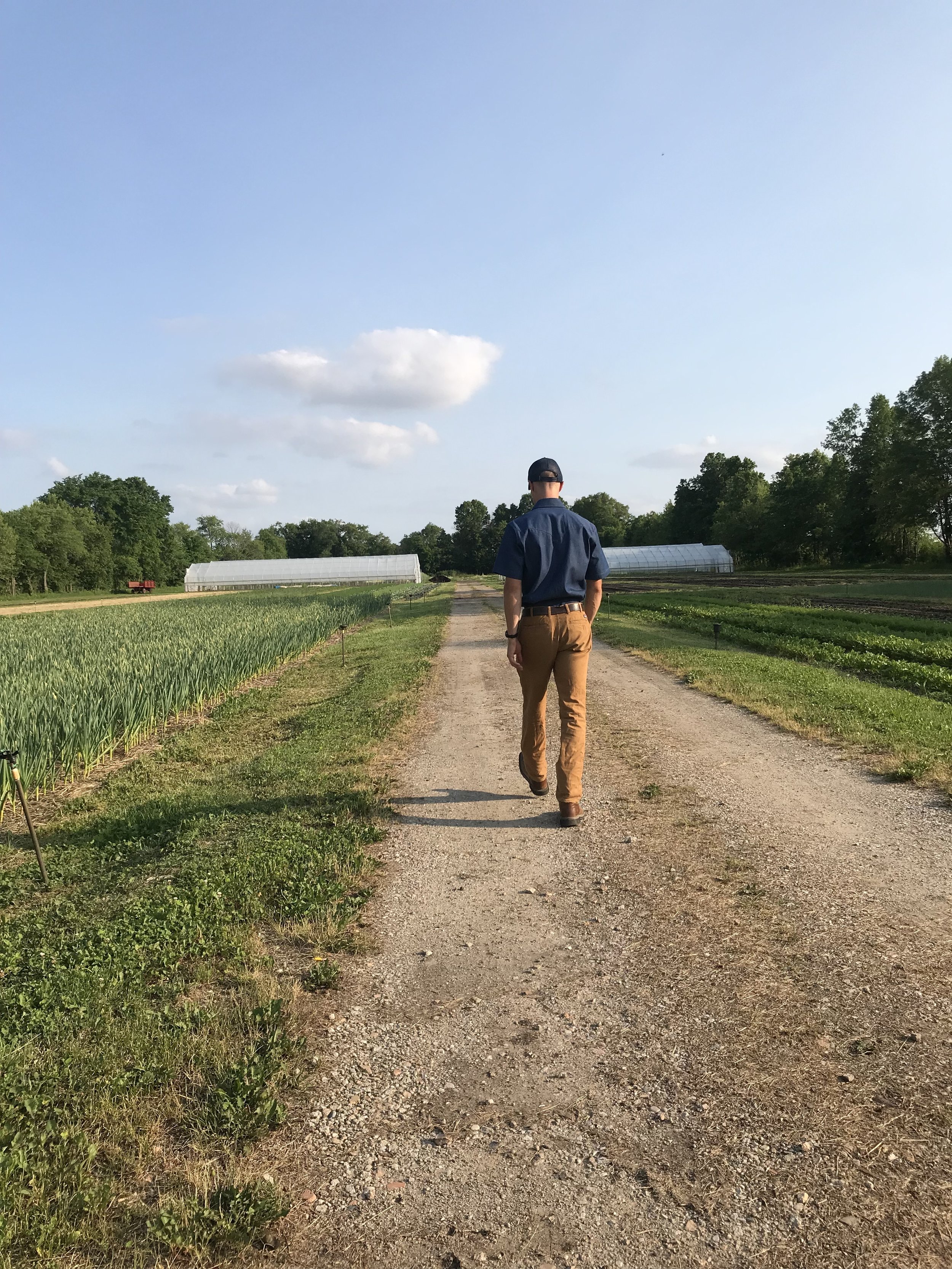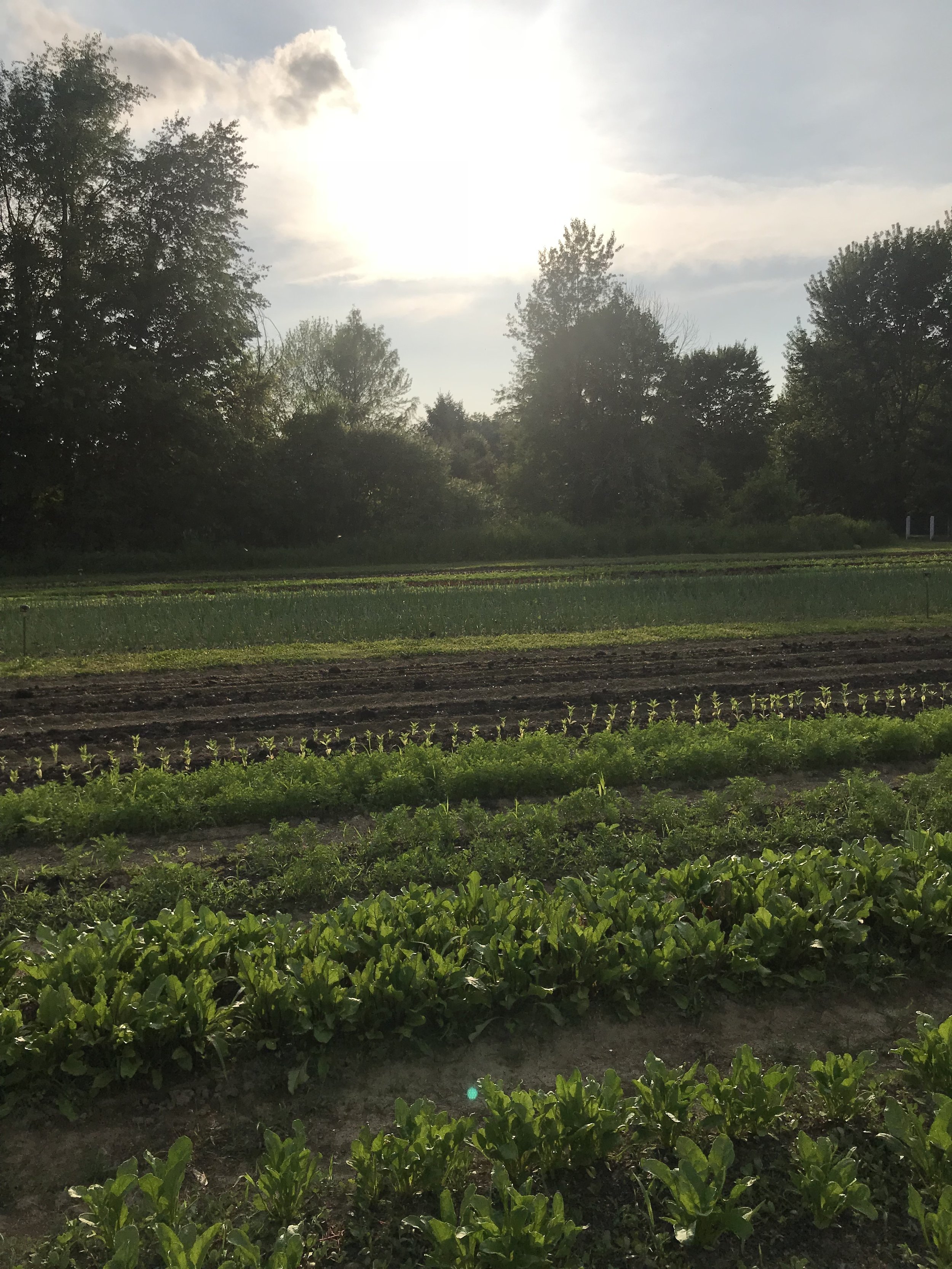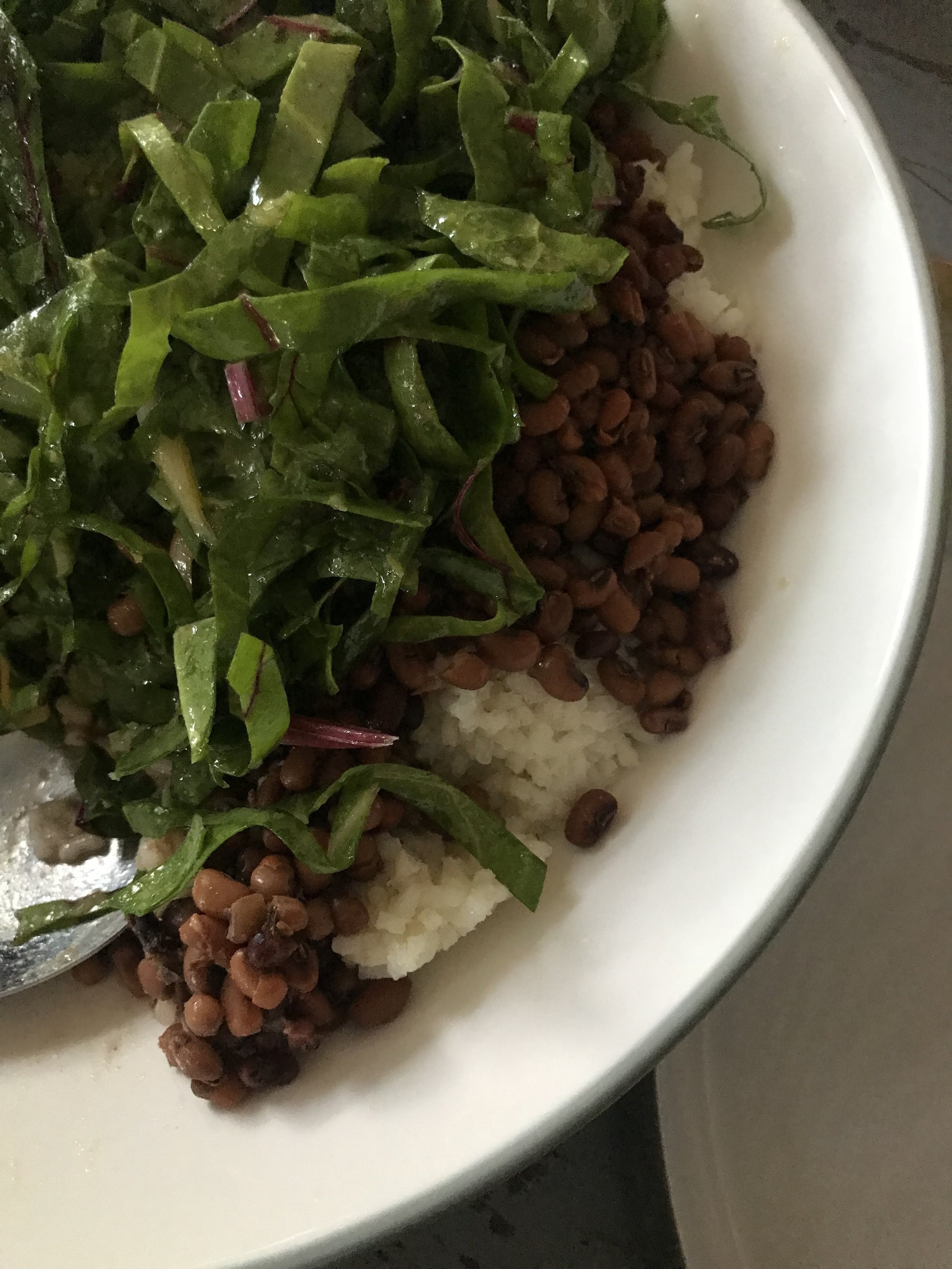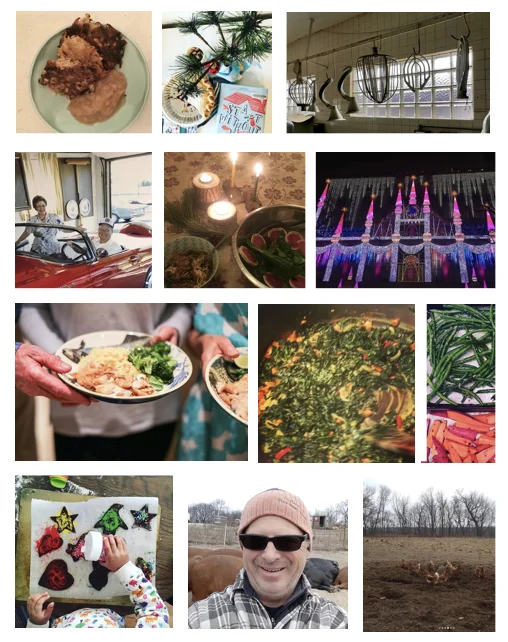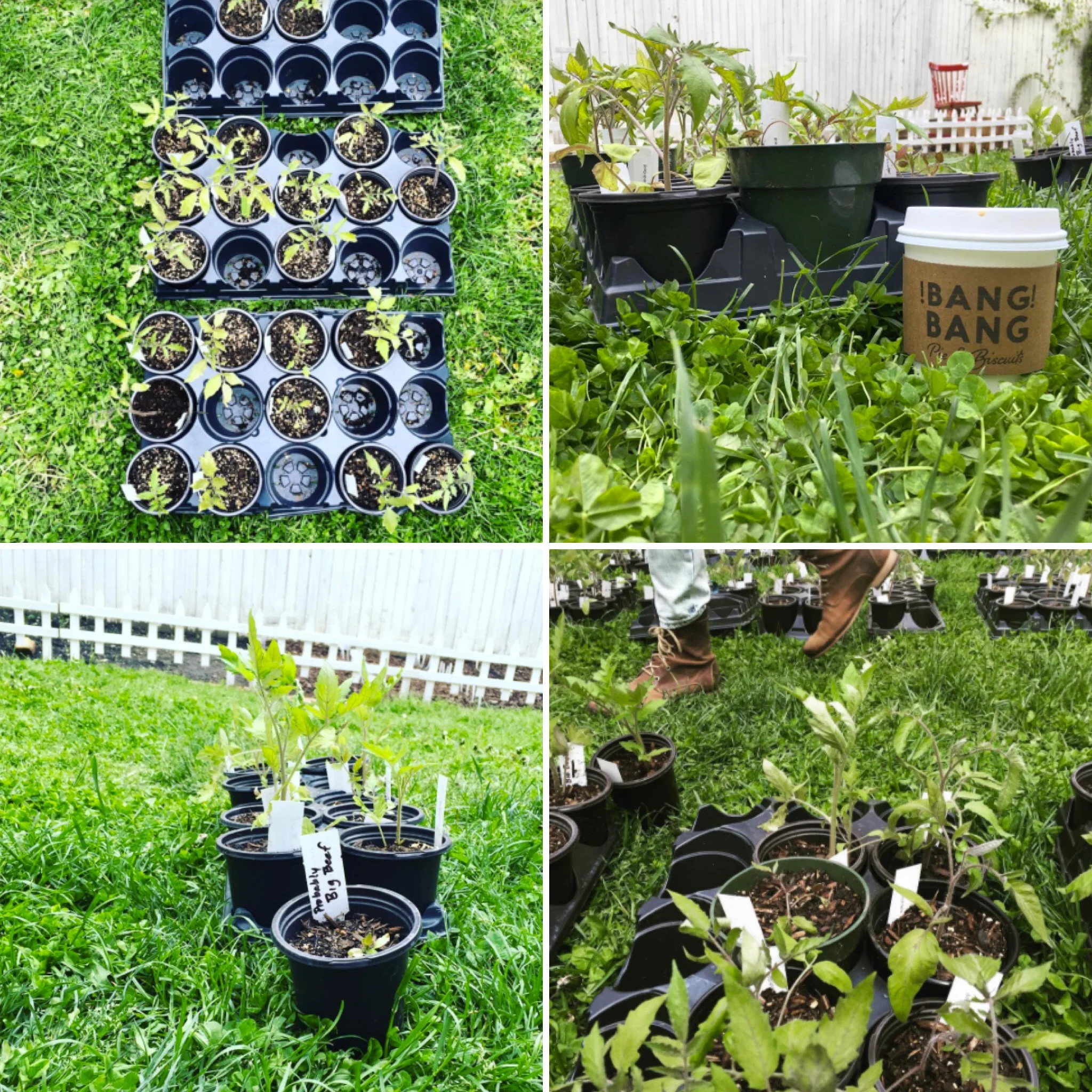In the month of April, our friends at Advocates for Urban Agriculture and Food:Land:Opportunity developed a grant opportunity available for Chicagoland farm businesses who have been impacted by the COVID-19 pandemic. We are delighted that funds have now been awarded to 32 recipients for the first round! 🎉🎉🎉🎊🎊
We want to thank all the recipients of the first round of the COVID-19 Farmer Support Grants for their upholding of “Good, Clean, Fair” values for our local food system! We applaud these organizations for their resilience and tireless commitment to advancing sustainable urban agriculture during this challenging time.
Congratulations to all. 🌻🌻🌻🌻🌻🌻🌻🌻🌻
*We respect and honor that not everyone wanted to be featured on our platforms.
Bike a Bee
Instagram: @bikeabee / Facebook: Bikeabee
Bike a Bee is an urban beekeeping project with about 40 hives on the south side of Chicago, with a few more scattered around the north and west sides. Most of their hives are placed in community gardens, schools, urban farms, and other shared, visible spaces. They believe having bees where people can see them enriches the community’s understanding of bees and the natural systems around them; children, teens, and adults learn through observation and coexistence that bees are our friends, not our enemies!
Broadview Farm and Gardens
Instagram: @broadviewfarmandgardens / Facebook: Broadview Farm and Gardens
Broadview Farm and Gardens is a diversified family farm dedicated to providing the greater Chicago and Rockford areas with a secure and trustworthy source for well-raised food. They pledge to keep their practices transparent and holistic with the goal of sustainability using minimal amounts of machinery and outside labor.
Bronzeville Community Garden
Facebook: Bronzeville Community Garden
Build Bronzeville consists of five closely-linked initiatives that merge social, economic, civic, and creative approaches to achieve comprehensive community development. Bronzeville Community Garden™ is an urban oasis that provides a fun, safe, accessible gathering place and destination in the heart of Bronzeville.
Catatumbo Cooperative Farm
Instagram: @Catatumbo_coop / Facebook: @CatatumboCooperative
Catatumbo Cooperative Farm is a worker-owned cooperative farm in South Chicago ran by three immigrant POC queer unicorns/Una granja cooperativa de trabajadorxs. The small plot of land is on the outskirts of Chicago and seeks to cultivate produce and a younger generation of food justice activists.
Cedillo's Fresh Produce
Instagram: @cedillofreshproduce / Facebook: Cedillos Fresh Produce
Cedillo’s Fresh Produce is a family run farm that grows in Englewood missioned to provide fresh organic produce for families with lower income. Their founder, Juan Cedillo, is a third generation farmer and is a graduate from the Windy City Harvest Horticulture program.
Chanticlare Farm
Facebook: @Chanticlarefarm
Chanticlare Farm is an urban farm in the Chicago suburb of Aurora, Illinois. They grow over thirty different types of vegetables and annual fruits, in addition to various microgreens, herbs, and cut flowers. The farm has quickly established a reputation of quality, especially known for its eight varieties of culinary garlic, legendary heirloom “Brandywine” and “Sun Gold '' tomatoes, and the freshest salad mix and lettuces. They hope to realize the interconnections of food, family, health, and happiness using the farm as an extension of “our garden, our table, and our lives”.
Chicago Indoor Garden
Instagram: @chicagoindoorgarden / Facebook: Chicago Indoor Garden
Chicago Indoor Garden has been growing freshly sprouted beans, greens and grasses in the heart of Chicago since 1987. Their growers work with the utmost care to provide delicious, fresh sprouts of the highest quality through a chemical-free process. They use only the finest seed stock available for their sprouts and their impeccable sanitation standards and rigorous testing programs ensure that the facilities and foods are clean and safe.
Chicago Patchwork Farms
Instagram: @chicagopatchworkfarm
Chicago Patchwork Farms is a vegetable farm dedicated to transforming contaminated city land into bio-diverse community space while improving accessibility of healthy food to our neighbors.
They remediate vacant land on Chicago’s south and west sides; neighborhoods that are economically deprived and environmentally distressed, providing space in the community for outdoor gatherings, native pollinator habitat, and food crops. The farm’s diverse operation produces an extensive variety of vegetables, as well as eggs, medicinal herbs, preserved foods, honey, cut flowers, and a compost drop-off program. They host a high-demand 50 member sliding scale CSA pickup, and a pay-what-you-can farm stand – with the majority of visitors walking or biking to the farm.
Earnest Earth
Instagram: @earnest_earth
Earnest Earth is a half-acre neighborhood farm located on Chicago's West Side in Garfield Park. They grow nutrient dense vegetables, fruits, and herbs for our neighbors, farmers markets, and restaurants. They are students of a holistic approach to agriculture and are community oriented and ecologically responsible. Creating a healthy environment for soil organisms and providing habitat and food sources for pollinators and birds is almost as important as feeding the community. The health and vibrancy of the two are intimately connected.
Gardeneers
Instagram: @gardeneerschicago, Facebook: Gardeneers
Gardeneers is the only Chicago-based nonprofit providing full-service, customized school garden programs with on-going support. When schools lack the time and resources to sustain garden programs, they cultivate customized school garden programs to ensure that each space and the students and communities who care for it connect with healthy food and grow to their full potential.
Getting Grown Collective
Instagram: @gettinggrowncollective
The Getting Grown Collective (GGC) is a multigenerational group of people with diverse experiences and backgrounds who care about the development of the Southside of Chicago. The GGC is committed to identifying, inspiring and sustaining community-initiated, growth-related projects. Their vision is to be organized and disciplined in a collective effort to develop, maintain and improve the communities we inhabit. They hope to plant seeds that will provide youth the skills and confidence necessary to be self-sufficient in an unpredictable future.
Global Garden Refugee Training Farm
Facebook: @globalgardenfarm
The Global Garden Refugee Training Farm is located on a vacant lot transformed into a vibrant farm in which 100+ refugee families grow vegetables in Chicago’s Albany Park Neighborhood.
They seek to improve access to fresh vegetables for newly arrived refugee families and their urban neighbors; feed the souls of displaced farmers through re-connection with the soil and food production; provide supplemental income for participating refugee farmers; and foster new, refugee-operated farms.
Good Vibes Farm
Instagram: goodvibesfarm2018 / Facebook: Good Vibes Farm
Good Vibes Farm is a Chicago farm on a mission to spread Good and Positive vibes with the community and members providing fresh healthy produce and Love. Located right next to Nodding Onion Farm in Bronzeville!
Growing Solutions Farm
Instagram: @grow_good / Facebook: Urban Autism Solutions
Growing Solutions Farm is a 1.2 acre garden in the Illinois Medical District that provides vocational opportunities and unmatched learning experiences for participants. The farm includes a large growing space, a greenhouse, a cooling shed, and an outdoor tented classroom. During the summer they sell restaurant-quality produce at their on-site farm stand, farm-stand pop-ups in the community, through their CSA program, of which sales of all produce goes directly to their vocational programming that helps young adults with autism and related disabilities.
M's Organic Sustainable Farm
Facebook: M's Organic Farm
M’s Organic Farm is a cruelty free farm that specializes in Greens (arugula, lettuces, chards, Asian greens for stir fries and cabbages) as well as herbs (dried and live), greens, tomatoes, peppers, sunflowers and more.
Middletons Preserves
Facebook: @Sustainingourfuture
Maryam & Kevin Wood are passionate about producing locally grown and preserved food whether that is Farm to Table or just wholesome food made right. Products include: Farm fresh vegetables, Microgreens, Jams, Jellies, Pickles, Preserves and Chocolates.
Mint Creek Farm
Instagram: @mintcreek_il / Facebook: @mintcreekfarm
Mint Creek Farm is an organic-pasture based livestock & poultry farm that raises premium, grass-fed meats for the Chicago area. They believe all farm animals should graze together symbiotically on perennial pastures in order to support the biodiversity and fertility of the land. Farming with this holistic, pasture-based method at their core, alongside organic agricultural methods, they aim to provide life-giving, pastured meat and eggs for the local community. Their meat and eggs are available at your local farmers’ market, as well as select grocery stores and co-ops in the Chicago area. They also offer a Meat CSA program for customers in the Chicago-area and can ship their products anywhere within the United States.
Multiple harvest LLC:
Multiple Harvest’s mission is to grow ethnic vegetables and herbs locally, thus restoring ancestral lineage and introducing these products to the local market. They are located in the southeast side of Chicago, Illinois and are currently an incubator farming business at Urban Growers Collective where they get expertise, support, training and oversight to ensure success.
Nodding Onion Farm
Instagram: @noddingonionfarm / Facebook: @noddingonionfarm
Nodding Onion Farm is a worker-owned small urban farm that provides sustainably grown produce on Chicago’s south side in the Bronzeville neighborhood. Coming together around a love for growing healthy organic produce, producing crops that have historical ties to the Midwest, feeding our communities and minimizing the carbon footprint. They all believe in growing food using organic & sustainable methods.
Orchard Village Farm
Instagram: @Orchard_Village / Facebook: @orchardvillageskokie
Orchard Village partners with families and communities to optimize personal outcomes for individuals with developmental disabilities through a community-integrated approach. Their farm grows produce that goes to their residential homes. A portion of their produce is also sold at the Skokie Farmers Market and the rest is delivered to the Niles Township Food Pantry to support those in need. A new component of their urban farm is a CSA Membership program. They are piloting this program to a few local businesses including Woodward, Inc. and Baird & Warner.
OTIS Fresh Farm
Facebook: OTIS Fresh Farm
OTIS Fresh Farm is a local garden that grows community specific produce in an urban environment setting. Like the name says "Organic Things In Soil" OTIS Fresh Farm was founded by Steve Hughes in 2015 with the aim to help the surrounding community in Bronzeville and the South Side of Chicago to embrace, enjoy, and learn about local organic food.
Purewater Aquaponic
Instagram: purewater_aquaponics / Facebook: @purewateraquaponics
Purewater Aquaponics believes the aquaponic method of growing food is the most natural, organic and sustainable way to obtain the healthiest and cleanest vegetables possible. They produce lettuce, leafy greens, fresh and dried herbs, herbal teas, micro-greens, local natural raw prairie wildflower honey - soon perch filets.
Run-A-Way Buckers
Run-A-Way Buckers Buckers was formed to help youth escape the trials and tribulations of the inner-city to an environment that demonstrates the values of life in the country. Living in Chicago, Reginald Stewart Sr, the founder, witnessed many young men and women become victims of the city streets. He found an alternative to the violent crimes in the city by visiting his family’s farm. With a heart for youth, Mr. Stewart believed this escape was a great opportunity to provide an outlet and to keep youth on the right track in life. In 1999, Brenda and Reginald Stewart Sr started Run-A-Way Buckers camp 20 years ago, and the camp continues to be a staple in the community.
Smooth and Social Roots LLC
Instagram: @SmoothandSocialRoots / Facebook: @SmoothandSocialRoots
Smooth & Social Roots is a vision founder, David Edwards, had after noticing an ongoing food desert in the South Side of Chicago. His vision became to develop a comprehensive food grid while providing an alternative healthy solution for health issues that plague the African American communities across America. It's a fact that African American communities don't have the same access to healthy natural foods as other communities. Smooth & Social Roots is an Urban Farm that uses organic methods for growing some of the richest produce grown locally. Smooth and Social Roots will assist in the growth and sustainability of the community and the development of local producer's market share.
Star Farm Chicago
Instagram: @stephaniedunn8318 / Facebook: @starfarmchicago
Since 2016, Star Farm Chicago, NFP, has grown and distributed over 20,000 lbs of fresh organic produce to city residents. On the farm, they provide vocational training and horticultural therapy for women, children, and adults with physical and developmental disabilities, engage local youth in after school and summer programs, and host community events, build school gardens, and foster a safe, inclusive space for all.
The Urban Canopy
Instagram: @theurbancanopy / Facebook: @theurbancanopy
The Urban Canopy is working to create a more sustainable, nutritious, and equitable local food cycle from production to distribution to waste. Founded in 2011, The Urban Canopy is pioneering the local food cycle to create a more sustainable and equitable food system in Chicago. They are growers, distributors, composters and community members who seek to positively impact our city’s environment, people’s health, and local economy. They strive to make healthy produce accessible to all, reduce the miles fresh food travels, keep food waste out of landfills, and create and maintain local jobs. To achieve this, they structure their business into seven Branches: Compost Club, Indoor Farm, Outdoor Farm, Local Unified CSA (LUCSA), Farmers Markets, non-local Distribution and Processing. These branches each work in their own way to change the way our food is grown, distributed, and wasted.
Von Bergen's Country Market
Facebook: @VonBergens
Mel and Bobette have farmed in the Hebron area since 1965. Along with field corn and soybeans, they grew sweet corn and peas for a local canning company. They also grew specialty crops such as gourds and Indian corn for the South Water Market in Chicago. Mel was awarded the Prairie Farmer Magazine Master Farmer of 2012. Quite an honor to be one of four Master Farmers in the state of Illinois!
Wash Tub Farms
Facebook @washtubfarmsinc
Wash Tub Farms raises and sells pork from happy purebred Gloucestershire Old Spot pigs. They also raise and sell delicious chickens and ducks for meat and eggs.
Your Bountiful Harvest Family Farm
Instagram: @YourBountiful HarvestFamilyFarm / Facebook: YourBountifulHarvest
Your Bountiful Harvest began with a mission to teach people how to feed themselves. Your Bountiful Harvest does this by providing the necessary tools (seedlings), skills (consultation) and education (hands-on farmer training) to become successful at gardening and farming. They understand that you can't learn everything overnight but can point you in the right direction.
We're also happy to announce that we are launching a second round of COVID-19 Farmer Support Grants through the same partnership. These are grants of $1,000 (community gardens), $2,500 (farm businesses), or $10,000 (collaborative projects) available to Illinois farm businesses serving Chicagoland communities and Chicagoland community gardens who are in need of immediate financial support as the result of the COVID-19 pandemic.
Visit AUA’s website for all the details and to find the application in English and Español. We are honored to do this work and provide much-needed support to growers in the Chicagoland area!
Stay slow, everyone!
